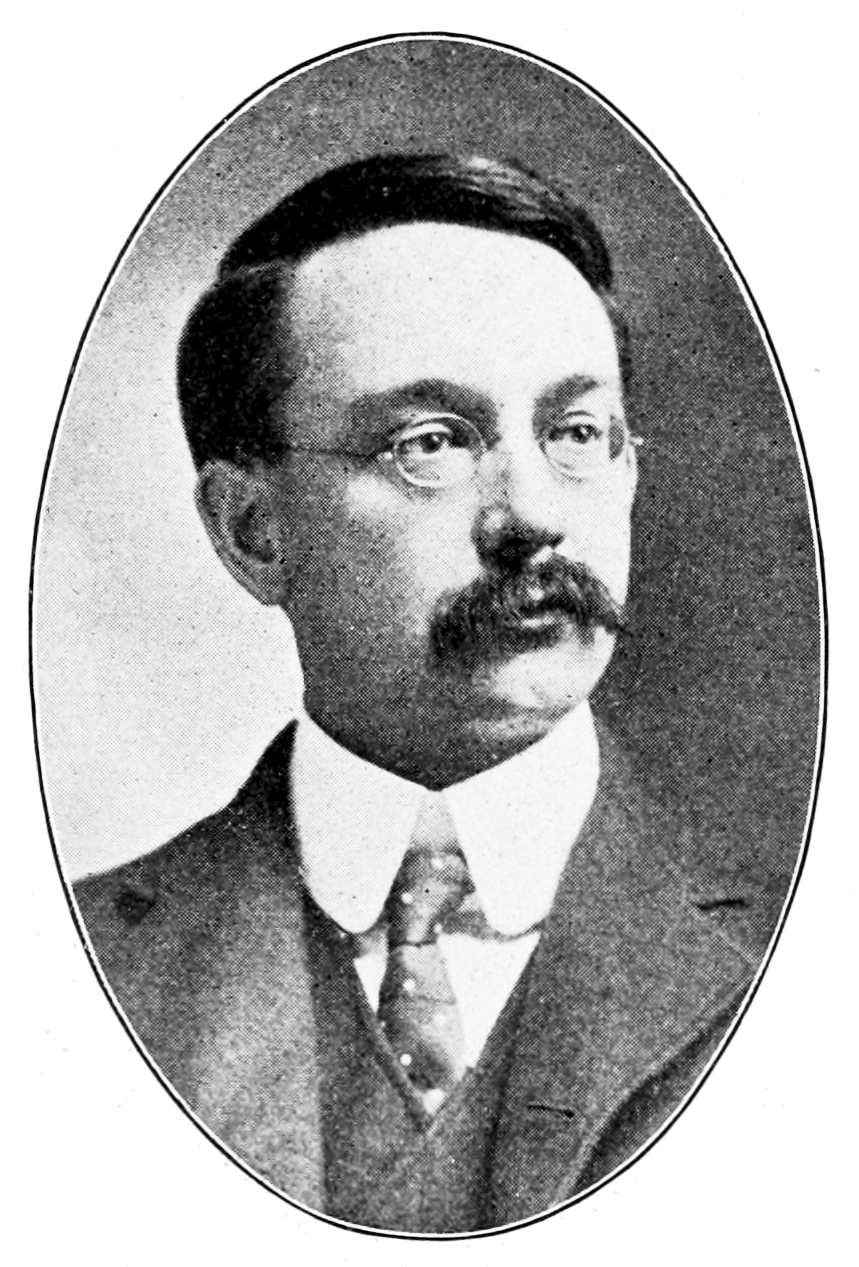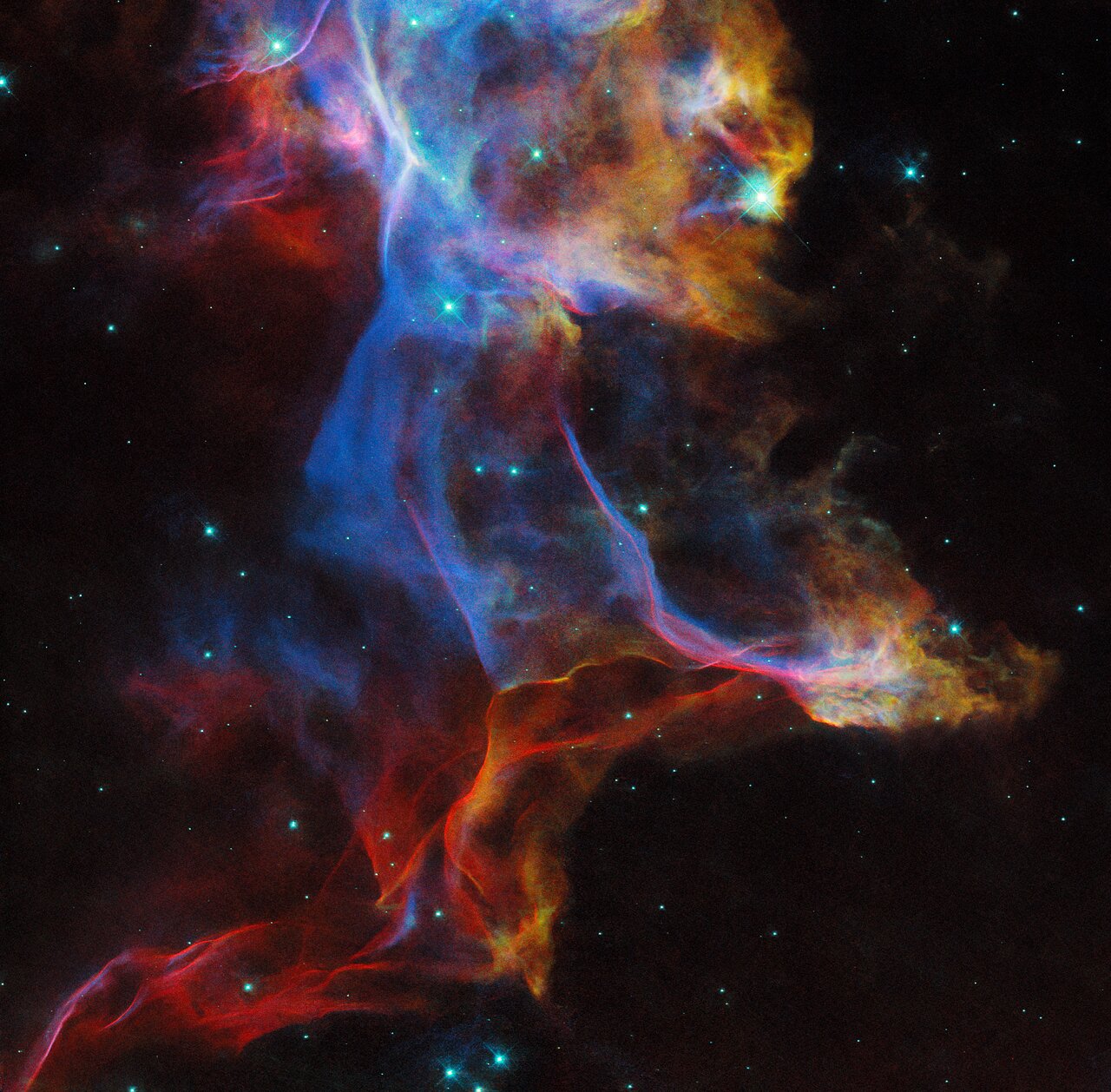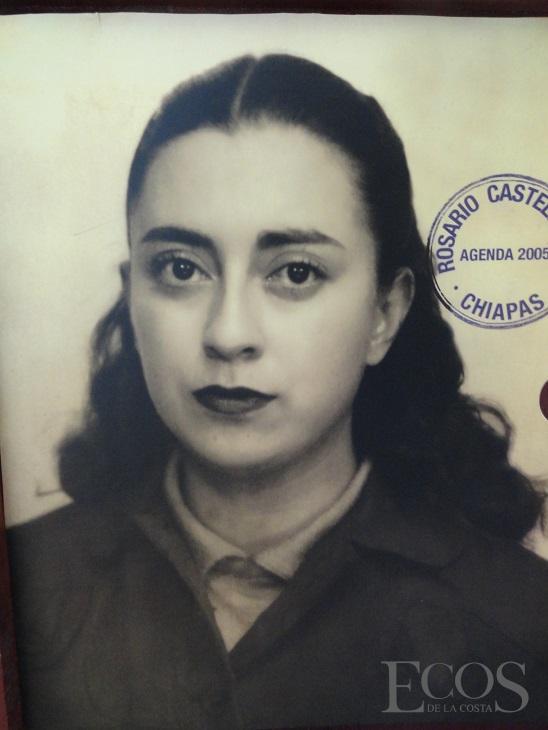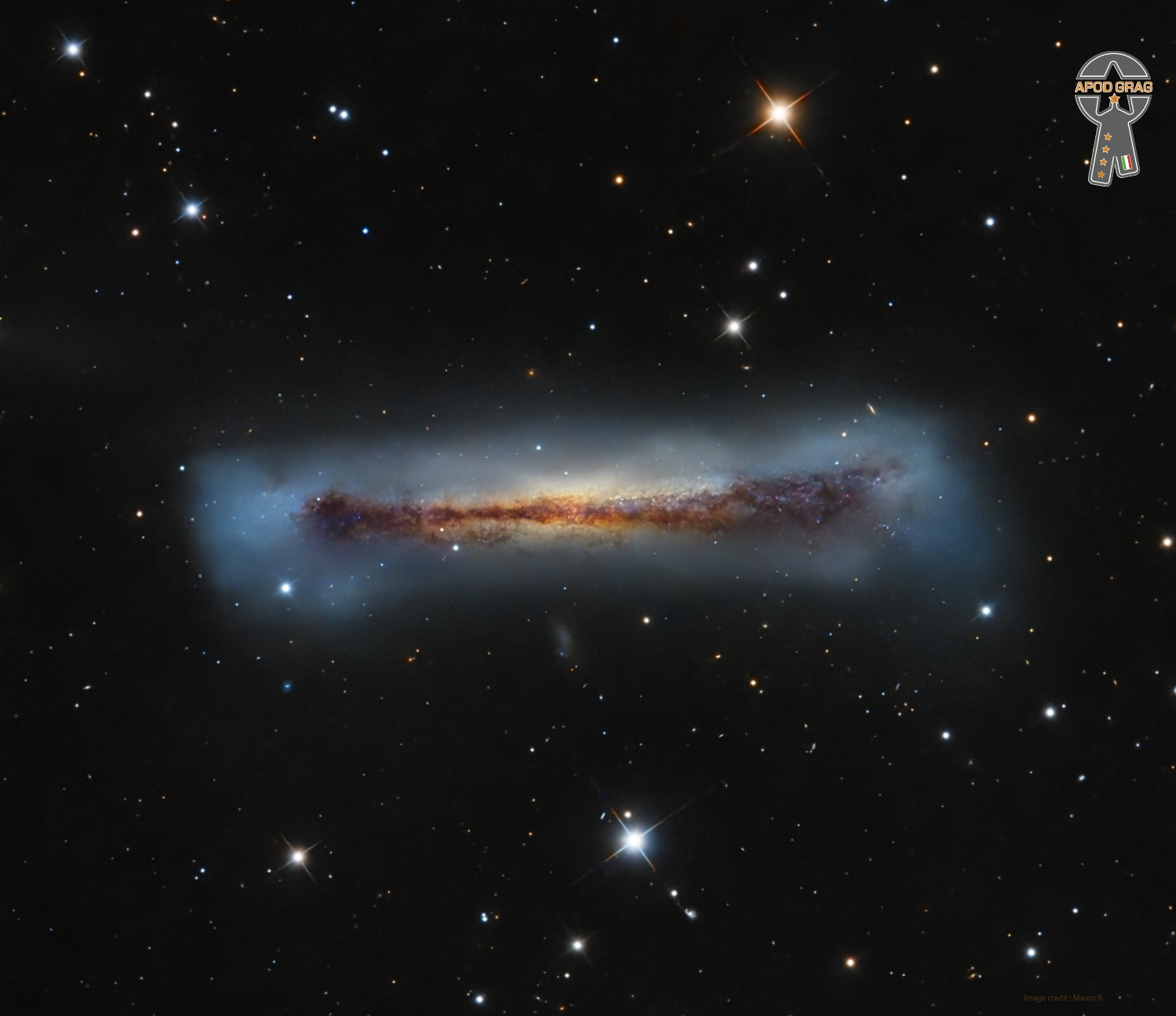Blog


more...
In this NASA/ESA Hubble Space Telescope Picture of the Week, Hubble has once again lifted the veil on a famous — and frequently photographed — supernova remnant: the Veil Nebula. This nebula is the remnant of a star roughly 20 times as massive as the Sun that exploded about 10 000 years ago. Situated about 2400 light-years away in the constellation Cygnus, this photogenic nebula made an appearance as the Picture of the Week previously in 2021.
This view combines images taken in three different filters by Hubble’s Wide Field Camera 3 instrument, highlighting emission from hydrogen, sulphur and oxygen atoms. This image shows just a small fraction of the Veil Nebula; if you could see the entire nebula without the aid of a telescope, it would be as wide as six full Moons placed side by side. Look in the sidebar of this page to see this image superimposed on its location in the sky, and try zooming out to compare the size of the full nebula!
Although this image captures the Veil Nebula at just a single point in time, it will help researchers understand how the supernova remnant has evolved over decades. Combining this snapshot with Hubble observations from 1994 will reveal the motion of individual knots and filaments of gas over that span of time, enhancing our understanding of this stunning nebula.
[Image Description: A colourful, glowing nebula that reaches beyond the top and bottom of the image. It is made of translucent clouds of gas: wispy and thin with hard edges in some places, and puffy and opaque in others. Blue, red and yellow colours mix together, showing light emitted by different types of atoms in the hot gas. Bright and pointlike stars are scattered across the nebula. The background is black.]

Nicholas Christian Hopkins (24 February 1944 – 6 September 1994) was an English pianist and organist. He performed on many popular and enduring British and American rock music recordings from the 1960s to the 1990s, including on songs recorded by the Beatles, the Rolling Stones, the Who, the Kinks, the Steve Miller Band, Jefferson Airplane, Rod Stewart, George Harrison, John Lennon, Paul McCartney, Ringo Starr, The Hollies, Cat Stevens, Carly Simon, Harry Nilsson, Joe Walsh, Peter Frampton, Jerry Garcia, Jeff Beck, Joe Cocker, Art Garfunkel, Badfinger, Quicksilver Messenger Service and Donovan. He is widely considered to be one of the greatest studio pianists in the history of popular rock music. Hopkins died on 6 September 1994, at the age of 50, in Nashville, Tennessee, from complications resulting from intestinal surgery related to his lifelong battle with Crohn’s disease.
more...
Michel Jean Legrand (24 February 1932 – 26 January 2019) was a French musical composer, arranger, conductor, jazz pianist, and singer. Legrand was a prolific composer, having written over 200 film and television scores, in addition to many songs. His scores for two of the films of French New Wavedirector Jacques Demy, The Umbrellas of Cherbourg (1964) and The Young Girls of Rochefort (1967), earned Legrand his first Academy Award nominations. Legrand won his first Oscar for the song “The Windmills of Your Mind” from The Thomas Crown Affair (1968),and additional Oscars for Summer of ’42 (1971) and Barbra Streisand‘s Yentl (1983).
more...David “Fathead” Newman (February 24, 1933 – January 20, 2009 Corsicana, TX) was an American jazz and rhythm-and-blues saxophonist, who made numerous recordings as a session musician and leader, but is best known for his work as a sideman on seminal 1950s and early 1960s recordings by Ray Charles.
The AllMusic Guide to Jazz wrote that “there have not been many saxophonists and flutists more naturally soulful than David ‘Fathead’ Newman.”Newman was a leading proponent of the “Texas Tenor” saxophone style, a big-toned, bluesyapproach popularized by jazz tenor players from that state.
more...



Hall Franklin Overton (February 23, 1920 – November 24, 1972) was an American composer, jazz pianist and music teacher.
He was born in Bangor, Michigan, the first of the three sons of Stanford and Ruth (Barnes) Overton. He grew up in Grand Rapids, Michigan. After taking piano lessons as a youngster, Overton realized he’d have to travel beyond his small Midwestern town to find the kind of music instruction he wanted. His high school music teacher recognized Overton’s gift and recommended he attend The Chicago Musical College after graduation. Overton studied theory and composition there from 1940 to 1942.
more...Dark dust lanes cutting across the middle of this gorgeous island universe strongly hint that NGC 3628 is a spiral galaxy seen sideways. About 35 million light-years away in the northern springtime constellation Leo, NGC 3628 also bears the distinction of being the only member of the well known Leo triplet of galaxies not in Charles Messier’s famous catalog. Otherwise similar in size to our Milky Way galaxy, the disk of NGC 3628 is clearly seen to fan out near the galaxy’s edge. A faint arm of material also extends up and to the left in this deep view of the region. The distorted shape and tidal tail suggest that NGC 3628 is interacting gravitationally with the other spiral galaxies in the Leo triplet, M66 and M65.

Wayne Escoffery (born 23 February 1975) is an American jazz tenor saxophonist.
Since 2000, he has been working in New York City with Carl Allen, Eric Reed, and the Mingus Big Band. Other musicians performed with include Ralph Peterson Jr., Ben Riley, Ron Carter, Rufus Reid, Bill Charlap, Bruce Barth, Jimmy Cobb, and Eddie Henderson. He has worked with vocalists including Mary Stallings, Cynthia Scott, Nancie Banks, LaVerne Butler, and Carolyn Leonhart. In addition to performing with his own Quartet featuring David Kikoski, Ugonna Okegwo, and Ralph Peterson, Escoffery currently performs and tours with Ben Riley’s Monk Legacy Septet, the Mingus Band, Ron Carter’s big band, Monty Alexander, Amina Figarova, and others. He has been a member of the Tom Harrell Quintet since 2006. He has also co-produced four of Harrell’s latest recordings.
more...
More Posts
- Dick Berk
- Sun Ra
- World Music with Batch Gueye
- Daily Roots with John Holt
- The Cosmos with ACO S 295
- Larance Marable
- Fats Waller
- Flamenco Fridays with Juan Serrano
- Daily Roots with Sly & Robbie
- The Cosmos with M13
- Joe Cocker
- Victor Lewis
- Shorty Long
- Marinella
- Louis Smith
- World Music with Bagga Khan
- Daily Roots with McPullish
- The Cosmos with IC 443
- Grace Jones
- Pete Townshend



